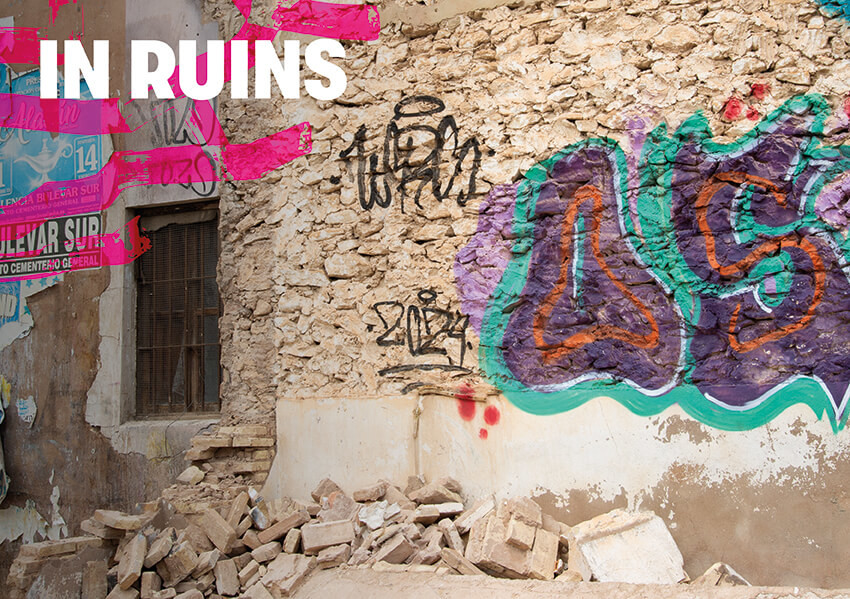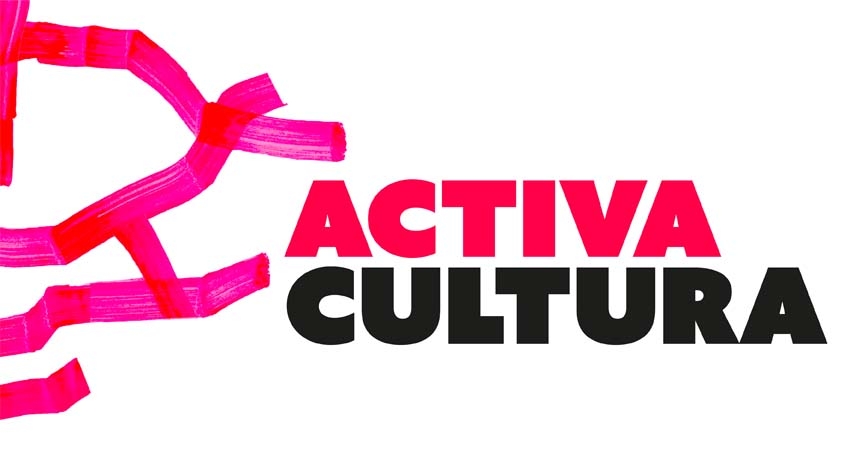
Selected project:.3rd ACTIVA CULTURA CONTEST
ACTIVA CULTURA is a program designed for UV students to promote cultural and artistic practices as a means of self-expression and social criticism. The ultimate goal of Activa Cultura is to democratise and invigorate university spaces by turning them into platforms for artistic expression.
The sculptural installation serves to highlight the dichotomy between public and private memory. The project shows the remains of the demolitions that previously constituted the private space of the dwellings. Vacant plots are configured as a space of non-place, giving rise to an uneasiness of space related to the nothingness or the materialisation of time. This is resolved by reintegrating them into new structures built as spaces or rooms. This involves recovering the function or use that they once had and for which they were originally conceived.
In Utopische Vergangenheit. Archäologie und moderne Kultur (1976), Nikolaus Himmelmann argues that contemporary art has come to represent not the object of archaeology, but rather archaeology itself. The linguist argues that we can speak of an archaeology of the present.
The exhibition proposal takes this reference by Himmelmann as its starting point. Rather than focusing on the archaeological findings resulting from the exploration and analysis of the plots, it considers urban debris and remains generated by the demolition of buildings in cities, as well as their cultural biographies.
These remains are related to activities that occurred in the past or to spaces that have disappeared. Furthermore, they are entirely decontextualised within their environment, representing images of a vanished reality. However, this is not the sole issue addressed in the exhibition. It also examines the concept of urban heritage in a complex web of competing interests, ranging from the concerns of citizens to those of real estate developers and the public administration itself.
The pieces, which are typically tiles, can be found on a large number of plots, particularly in areas that have been subject to speculation, gentrification or abandonment. Some of these areas include Cabanyal, Ciutat Vella and Benimaclet. The exhibition offers a new lease of life to these pieces of urban debris by promoting and recovering their original use in a new space built from scratch within the exhibition space.
Similarly, the background of the exhibition is characterised by an ecological commitment to the reuse of disused materials, which avoids their future destruction and the consequent environmental footprint. It also avoids the need to produce new construction materials, with the associated polluting process.

Other projects selected for the third edition of ACTIVA CULTURA:
• The Seven Veils of Inma Coll












